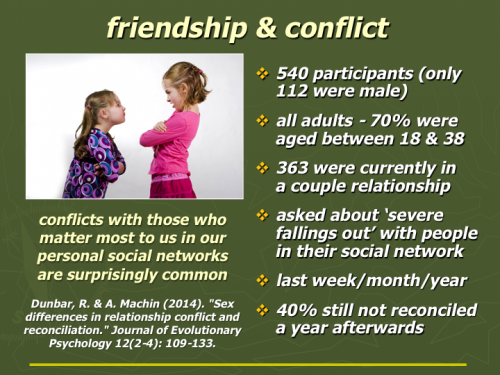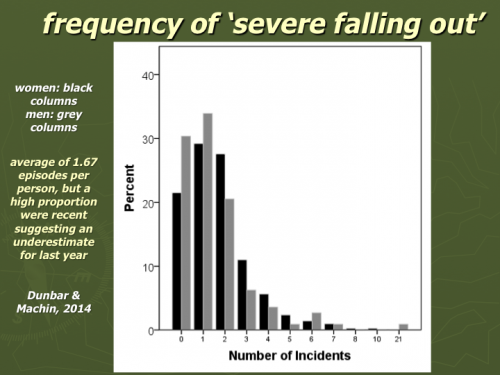Ch.7: Families
“I feel the capacity to care is the thing which gives life its deepest significance.
” - Pablo Casals

“I feel the capacity to care is the thing which gives life its deepest significance.
” - Pablo Casals
“You never enjoy the world aright, till the sea itself floweth in your veins, till you are clothed with the heavens and crowned with the stars.
” - Thomas Traherne
This section contains chapters on Couples, Families, Social Networks, and Mentors, Coaches & Therapists.
Yesterday I wrote the blog post "Paired meditation deepens interpersonal connection: Tania Singer's wonderful ReSource project" which introduced & overviewed the recent, very impressive ReSource Project. I also discussed the associated JAMA Psychiatry research paper "Effects of contemplative dyads on engagement and perceived social connectedness over nine months of mental training: a randomized controlled trial" with its abstract including the comments "Secularized classical meditation training programs address social cognition, but practice typically occurs alone.
Yesterday I was skimming through the JAMA Psychiatry journal and I got hijacked by Kok & Singer's recent article "Effects of contemplative dyads on engagement and perceived social connectedness over nine months of mental training: a randomized controlled trial". The abstract reads - "Importance Loneliness is a risk factor for depression and other illnesses and may be caused and reinforced by maladaptive social cognition. Secularized classical meditation training programs address social cognition, but practice typically occurs alone.
I have recently written a series of blog posts about relationships - "Personal social networks (1st post): Dunbar's 5-15-50-150 model", "Personal social networks (2nd post): the sympathy group & the full active network", "Personal social networks (3rd post): assessing how we're doing", "Personal social networks (4th post): birds of a feather flock together" &
Personal social networks are hugely important for our health & wellbeing, as I've underlined in the first of this six post sequence - "Personal social networks (1st post): Dunbar's 5-15-50-150 model". However our personal networks are also regularly affected by conflicts, especially with those we're close to. It's not a surprise - if you're very close to someone, it's likely you'll sometimes step on each other's toes. Here are a set of four slides that illustrate this point:


I've recently written three blog posts about relationships - "Personal social networks (1st post): Dunbar's 5-15-50-150 model", "Personal social networks (2nd post): the sympathy group & the full active network" and "Personal social networks (3rd post): assessing how we're doing". Towards the end of the second of these posts I said I particularly like the paper "Do birds of a feather flock together?" 
If you'd like to clarify and potentially look after your personal social network better, a good place to start is to chart it. You can download a simple blank chart here either in Word doc or PDF format. Filling in the whole "Personal community map" can take a good hour or two, so possibly ... at this stage ... just put your support clique into the most central circle.
I recently wrote a blog post on "Personal social networks (1st post): Dunbar's 5-15-50-150 model". I emphasised the huge importance of our social networks for improving life expectancy, protecting against psychological disorders, and boosting our happiness & wellbeing. What's not to like?! I went on to introduce Robin Dunbar's work and his layered model of personal social network structure. I then talked about the key inner support clique layer. Outside the support clique is the sympathy group or - stated possibly less awkwardly - outside our very closest relationships we have a layer of close relationships.
Relationships are immensely important for both our health and our wellbeing ... for how long we live, our resilience to psychological stress, and for our levels of happiness & life satisfaction. This is crucially relevant for pretty much all of us. The post "Strong relationships improve survival as much as quitting smoking" clearly links the state of our personal social networks to how long we're likely to live.